Product details
Titanic steel hull, “The Big Piece” displayed beautifully in a riker box with signage.
The RMS Titanic, one of the most famous ships in history, has captured the imagination of people worldwide for over a century. Launched in 1912, the Titanic was the largest and most luxurious ocean liner of its time, a marvel of modern engineering and opulence. However, its tragic sinking on April 15, 1912, after striking an iceberg, resulted in the loss of over 1,500 lives and solidified its place in history as a cautionary tale of human hubris. The Titanic’s story has been immortalized through books, films, and exhibitions, particularly focusing on the artifacts recovered from the wreck.

The Titanic: A Brief History
The Titanic was built by the White Star Line at the Harland and Wolff shipyard in Belfast, Northern Ireland. At the time of its construction, it was the largest man-made moving object on Earth, measuring 882 feet in length and weighing over 46,000 tons. The ship was designed to be the epitome of luxury and comfort, boasting lavish interiors, including a grand staircase, ornate dining rooms, and luxurious staterooms. The Titanic also featured advanced technology for the era, including a sophisticated telegraph system and watertight compartments designed to make the ship “unsinkable.”
On April 10, 1912, the Titanic set sail on its maiden voyage from Southampton, England, bound for New York City. The ship carried approximately 2,224 passengers and crew, including some of the wealthiest people in the world, as well as hundreds of immigrants seeking a new life in America. Tragically, the ship struck an iceberg in the North Atlantic Ocean on the night of April 14, 1912. Within hours, the Titanic sank, taking with it a significant portion of its passengers.
The Discovery of the Wreck
The Titanic lay undisturbed on the ocean floor at a depth of about 12,500 feet for over 70 years. It was not until September 1, 1985, that the wreck was discovered by a team led by oceanographer Dr. Robert Ballard. The discovery marked a turning point in the study of the Titanic and spurred a renewed public interest in the ship’s story.
The wreck of the Titanic is spread over a large area, with the bow and stern sections lying about 1,970 feet apart. The ship is in a deteriorated state, with much of the structure having collapsed under the immense pressure of the deep sea. Despite this, many artifacts have been remarkably well-preserved due to the cold, dark environment.
Artifacts from the Titanic
Artifacts recovered from the Titanic provide a poignant connection to the people who were aboard the ill-fated ship. These items, ranging from personal belongings to parts of the ship itself, offer a tangible link to the past and help tell the story of the Titanic’s passengers and crew.
Some of the most notable artifacts include:
- The Deck Chair: One of the iconic wooden deck chairs from the Titanic’s first-class promenade deck. These chairs were used by the wealthy passengers to relax and enjoy the sea air. The recovery of these chairs from the ocean floor serves as a reminder of the luxury that once characterized the Titanic.
- The Heart of the Ocean Necklace: This blue diamond necklace, while not an actual artifact, was inspired by the Hope Diamond and was famously depicted in the 1997 film “Titanic.” Although fictional, it has become one of the most recognized symbols associated with the ship.
- A Pocket Watch: Recovered from the wreckage, this watch belonged to one of the passengers and stopped at the exact moment the Titanic went down. It serves as a chilling reminder of the exact time when the ship sank beneath the waves.
- The Titanic’s Bell: The ship’s bell, once used to signal time and warn of dangers, is one of the more significant artifacts retrieved. It is a poignant symbol of the tragedy, as it may have been rung by lookouts when they first spotted the iceberg.
- China and Silverware: Many pieces of fine china and silverware were recovered, often emblazoned with the White Star Line logo. These items illustrate the luxury and attention to detail that went into outfitting the ship.
- Personal Belongings: Items like jewelry, letters, and clothing have also been recovered, each telling a unique story about the individuals who owned them. These personal artifacts humanize the disaster, reminding us that the Titanic’s story is not just about a ship, but about the people who lost their lives.
The Legacy of the Titanic and Its Artifacts
The artifacts recovered from the Titanic serve as powerful reminders of the human stories behind the tragedy. They have been displayed in museums and exhibitions worldwide, allowing people to connect with history on a personal level. These items also play a crucial role in preserving the memory of the Titanic and its passengers, ensuring that the lessons of the disaster are not forgotten.
However, the recovery of Titanic artifacts has sparked ethical debates. Some argue that the wreck site should be left undisturbed as a maritime grave, while others believe that recovering and preserving these items is essential for historical and educational purposes. Despite these debates, the artifacts continue to fascinate and educate, providing a poignant link to one of the most tragic events of the 20th century.
Prehistoric 101 (Learn about fossils, minerals, and meteorites)


















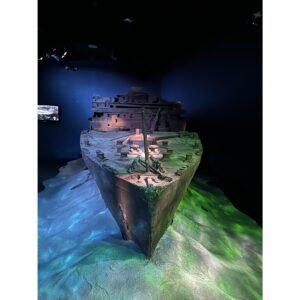
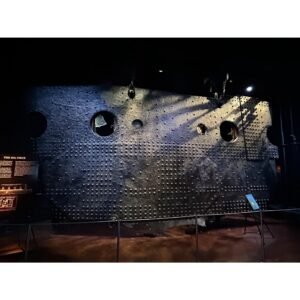
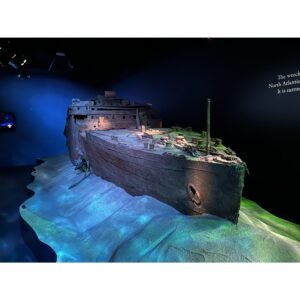
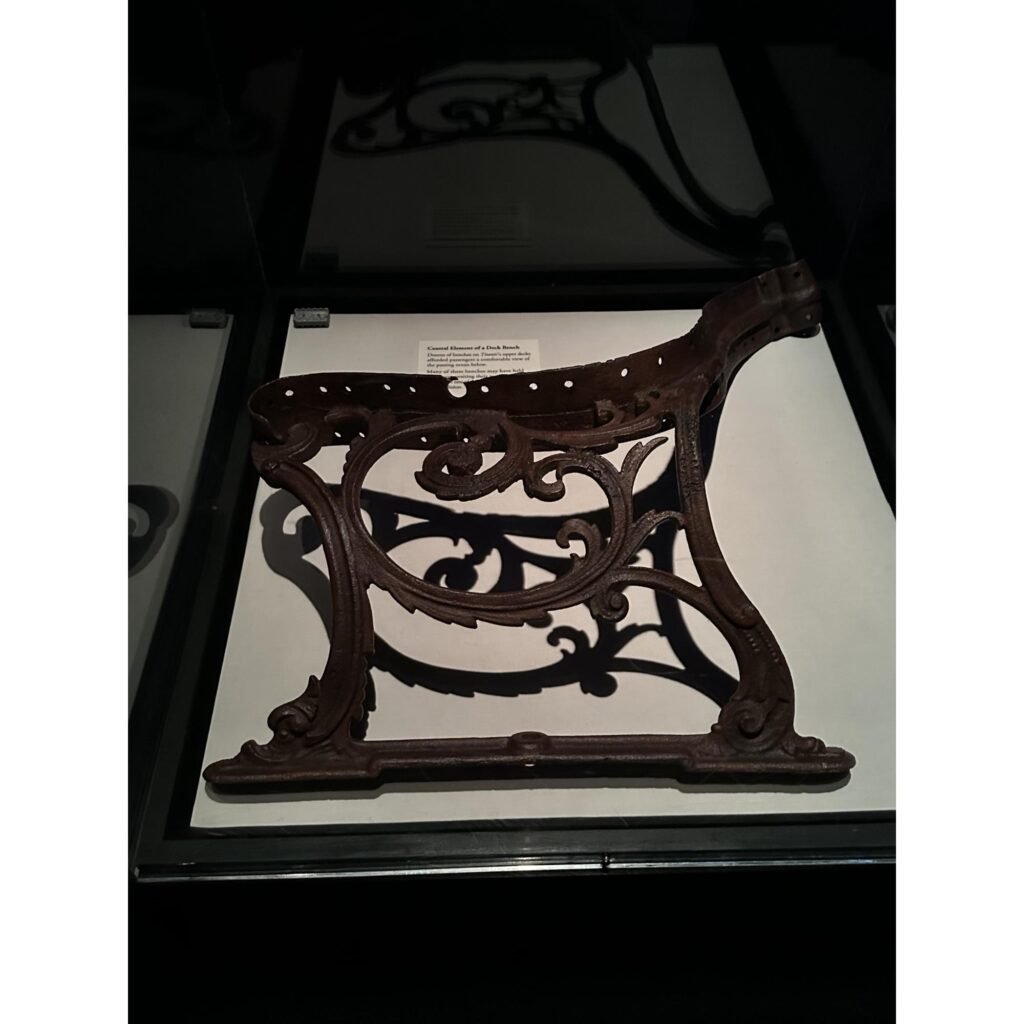
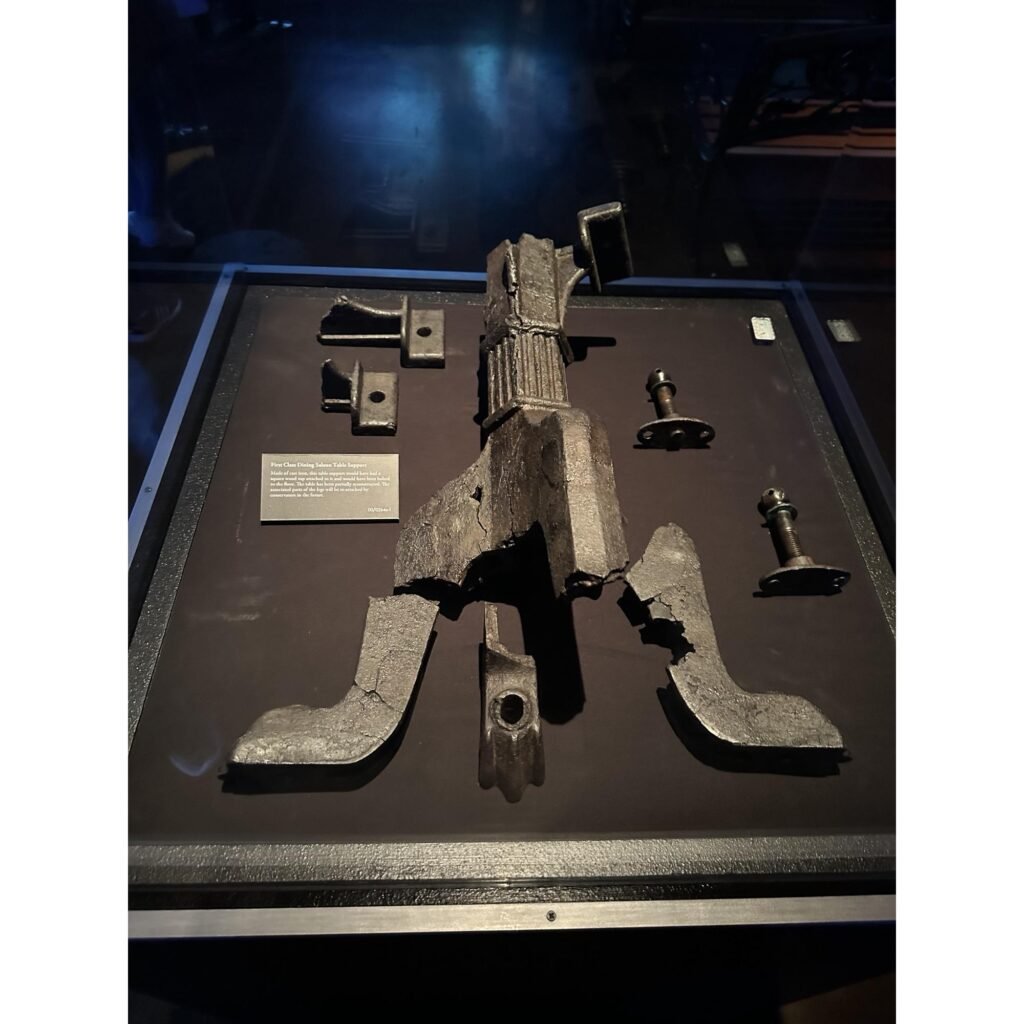



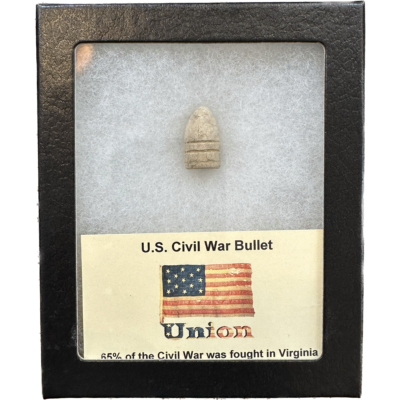

There are no reviews yet.